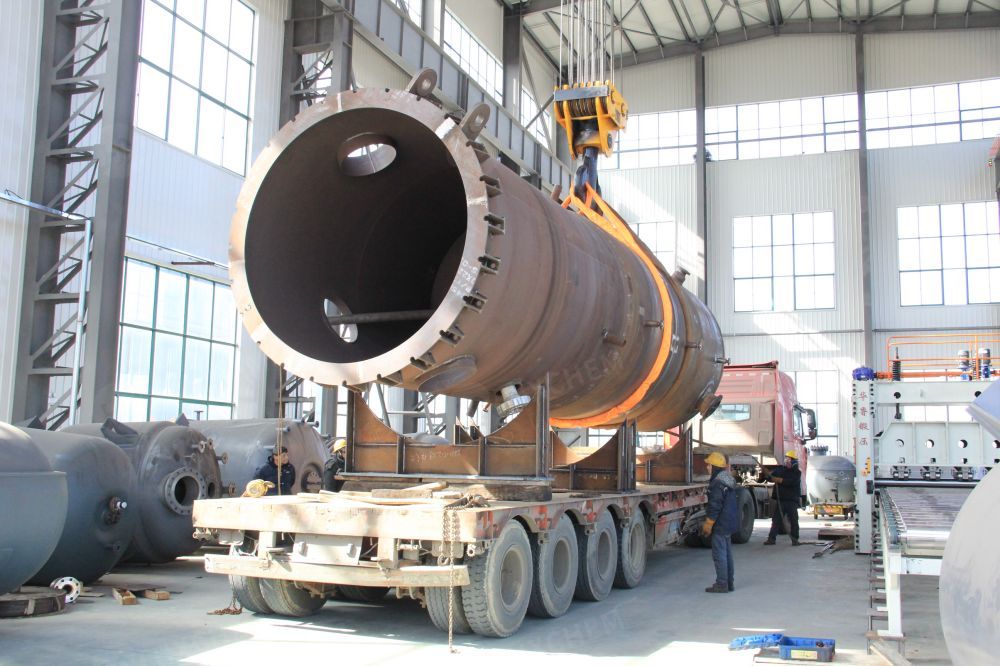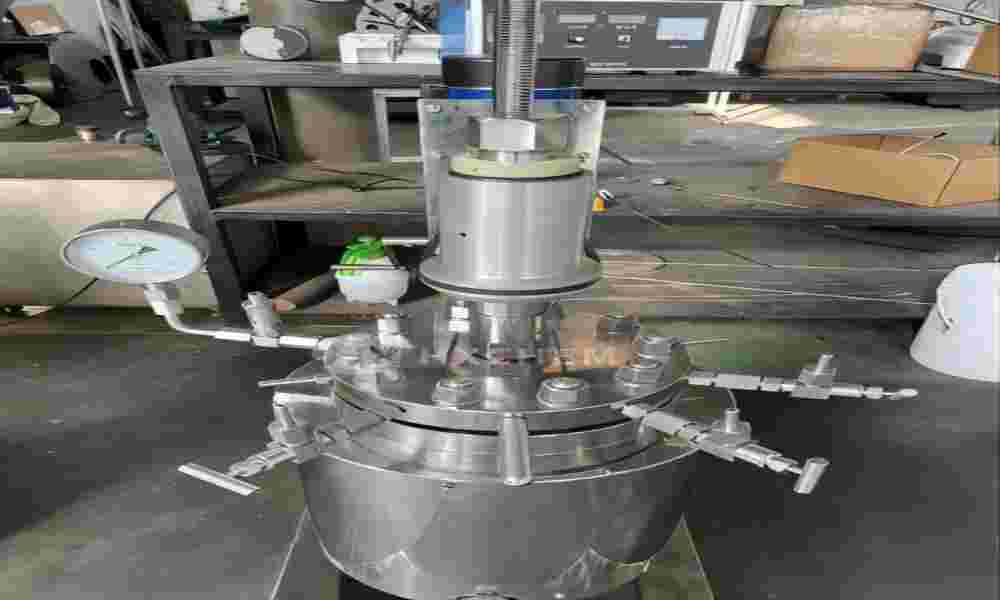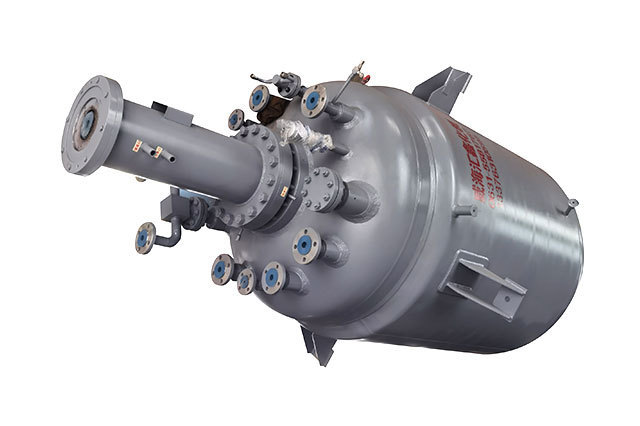High pressure reactors successfully testing in sorbital hydrogenation
2022-06-04
High pressure autoclaves applicated in Sorbital hydrogenation production
INTRODUCTION
This is the Sorbitol and Xylitol Production Catalytic Hydrogenation Reactor, which is used for large production . It adopts magnetic stirring seal, which is suitable for chemical reactions with high sealing requirements, toxic and explosive.
Large scale production- max volume: 30m3.
Max pressure: 150 bar; Max temperature up to 250 ℃.
The special gas induction impeller vigorously disperses these gases into the bottom of the reactor; Gas bubbles react with liquid/slurry as they rise. Unreacted gases are re-induced into the liquid. The pitch blade turbine breaking Bubbles and the propeller lift and recycle catalyst at the bottom, so as to achieve a a full reaction.

General process description:
1)Glucose syrup adjustment: Glucose syrup coming from crystal glucose plant is adjusted to the qualified DS with water.
2)Decoloring and filtration: The qualified glucose syrup is sent to the decoloring tank for decoloring with active carbon input. After that the AC will be removed by the filter, and the syrup will be sent to the next section.
3)Ion exchange: Tiny foreign items and bad odor is removed via ion exchanger. Then, the material will be qualified to the hydrogenation section.
4)Hydrogenation: After burdening, the qualified material is sent to the reactor with aid of high pre. H2. By the reaction, the material will be turned to the crude sorbitol. Then the material is sent to the flash tank for cooling. And then it will be sent to the sedimentation tank.
5)Sedimentation and filtration: After sedimentation tank, the accelerant is separated from the crude sorbitol, then recycled and reuse. The material is sent to the next section after filtration.
6)Decoloring and filtration: The crude alcohol is sent to the decoloring tank for decoloring with active carbon input. After that the AC will be removed by the filter, and the syrup will be sent to the next section.
7)Ion exchange: Tiny foreign items and bad odor is removed via ion exchanger. By this way, the material will be turned to be qualified.
8)Evaporation: The qualified sorbitol is totally cleaned through safety filter, then it is sent to evaporator for concentrating to reach the required DS as final product.

Applications:
Applications : Sorbitol and Xylitol Production
Features:
Lowest possible Capital Expenditures
Lowest possible Operational Expenditures per produced Metric Ton of Polyol
Highest safety standards due to HXCHEM’s safety philosophy
Most competitive Polyol-Production Technology yet on the market
Lowest possible hydrogen consumption
Optimized catalyst consumption
Optimized energy consumption
Lower maintenance cost
Shortest possible return on investment




